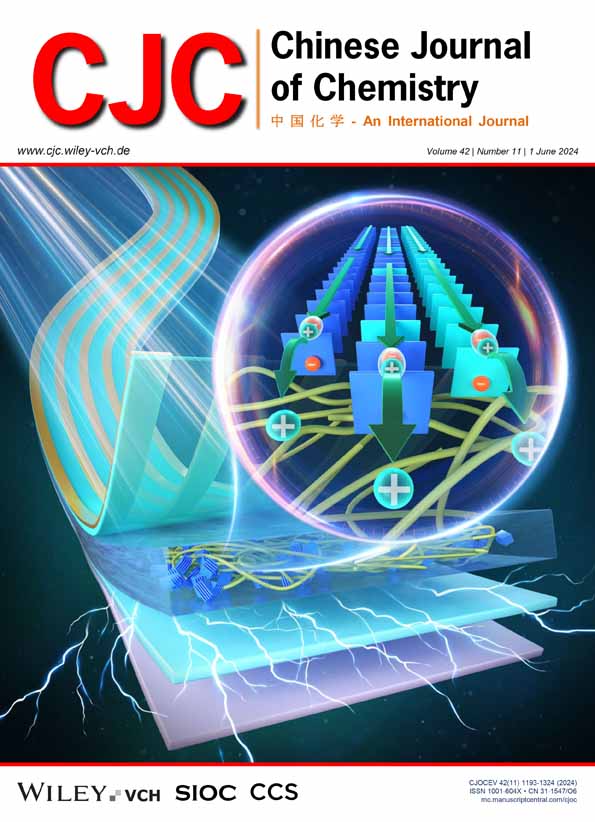Deep-tissue physiological signals are critical for accurate disease diagnosis. Current clinical equipment, however, often falls short of enabling continuous, long-term monitoring. Wearable and implantable flexible electronics offer a promising avenue for addressing this limitation, allowing in vivo signal collection and paving the way for early diagnosis and personalized treatment. A major challenge lies in ensuring that these devices seamlessly integrate with the diverse physiological microenvironments throughout the human body. Mechanoadaptive bioelectronics is emerging as a key solution to optimize signal acquisition and device robustness. This review provides a comprehensive overview of the physiological characteristics of various organs and the types of signals they generate. Furthermore, it explores recent advancements in mechanoadaptive bioelectronics, systematically categorizes their strategies, and underscores their potential to revolutionize healthcare. Finally, we delve into the ongoing challenges in this field and highlight promising directions to advance the adaptability of bioelectronics further.
In 2017, researchers developed an ionic skin with enhanced mechanical compatibility through strain-hardening properties.[1] Three years later, a neural interface platform called the adaptive self-healing electronic epineurium (A-SEE) was reported.[2] This platform minimized stress on neural tissue by dynamically relaxing stress. In 2021, an adaptive hydrogel hybrid probe was developed for long-term tracking of isolated neuroelectric activity, optogenetics, and behavioral studies of neural circuits. This probe also utilized hydration-induced softening to minimize the foreign body response.[3] In the same year, a shape-adaptive imager with a Kirigami design was proposed.[4] In the following year, a morphing electronic (MorphE) device was reported, which exhibited attractive viscoelasticity and minimal stress on the growing nerve during long-term implantation.[5] In 2023, a standardized tissue-electronic interface was developed, which can be implanted with minimally invasive cardiac procedures on a rapidly beating heart.[6] Recently, a needle-like microfiber based on biphasic liquid metal was created. This microfiber can reach the target site simply by puncturing and enable multifunctional sensing.[7] At about the same time, a device amalgamated with living and synthetic components was developed for studying and treating inflammatory skin disease.[8] This device enables real-time digital updates and potentially adaptive treatment of non-resolving inflammation, which is enlightening for the new generation of adaptive bioelectronics.


